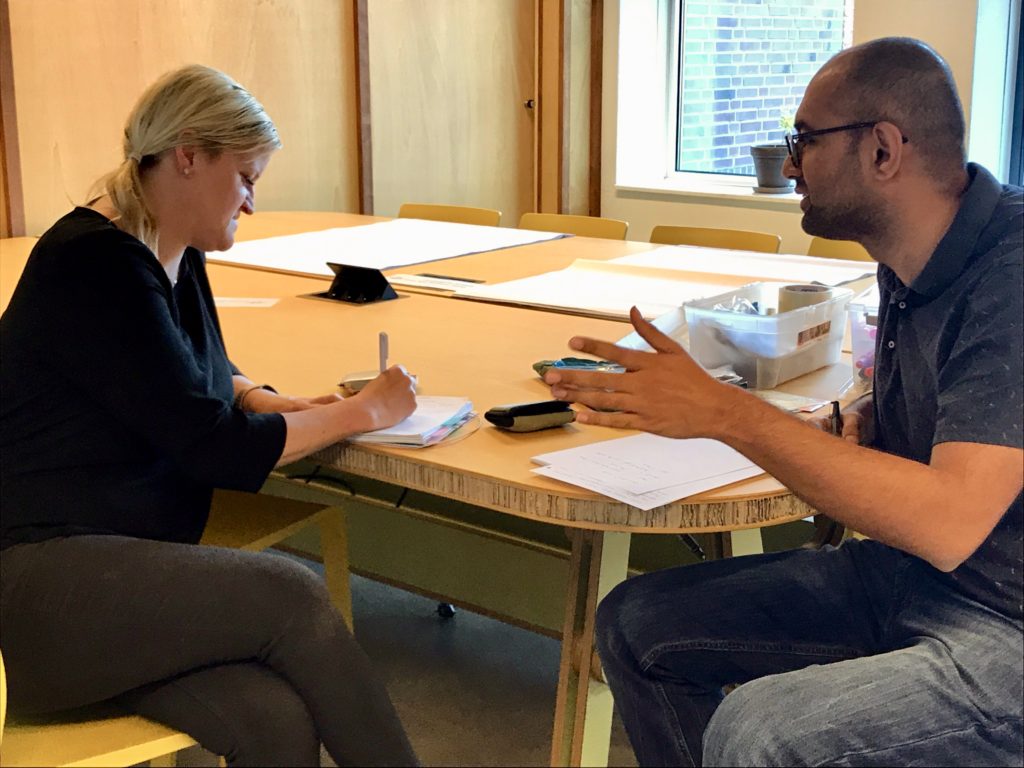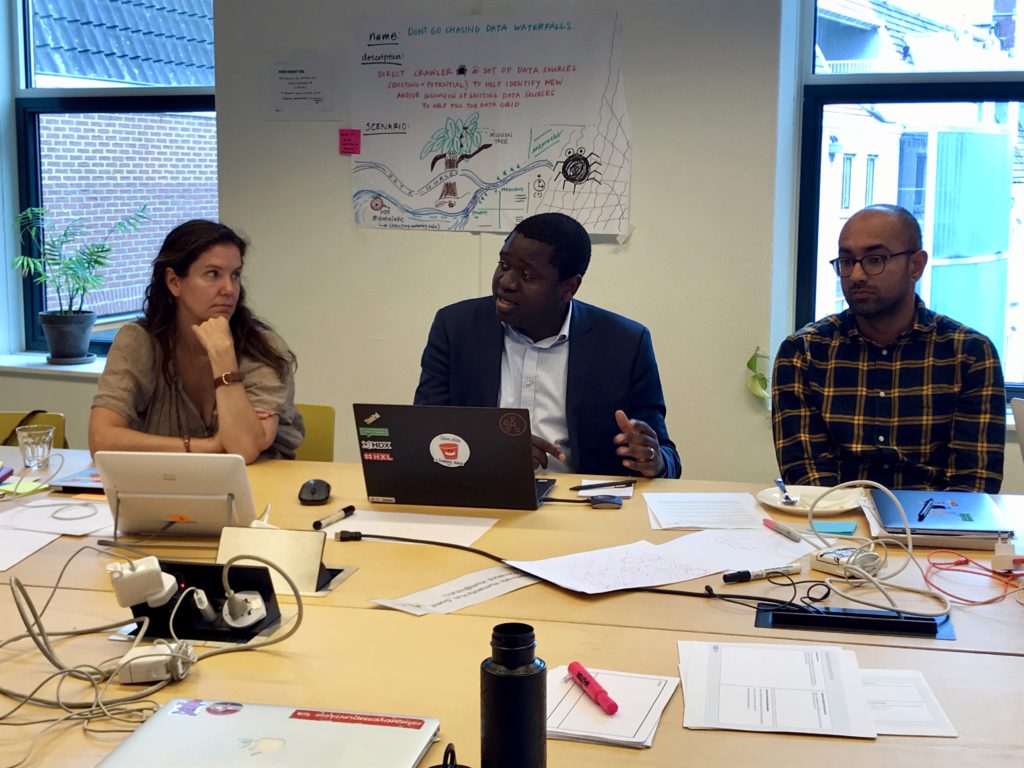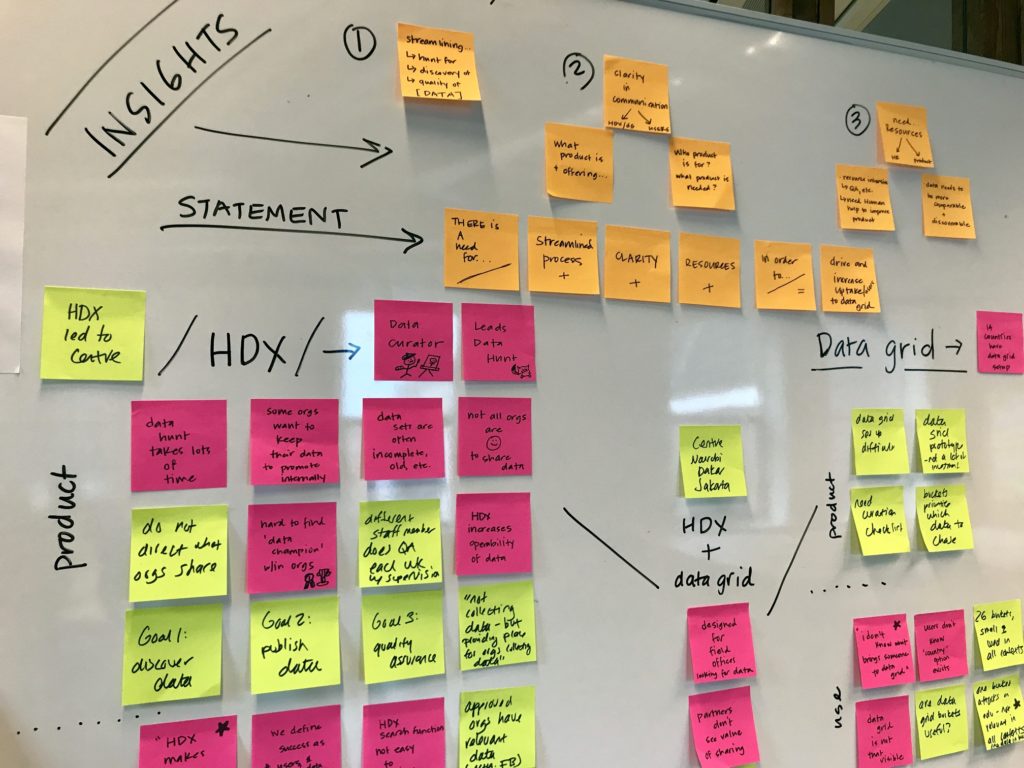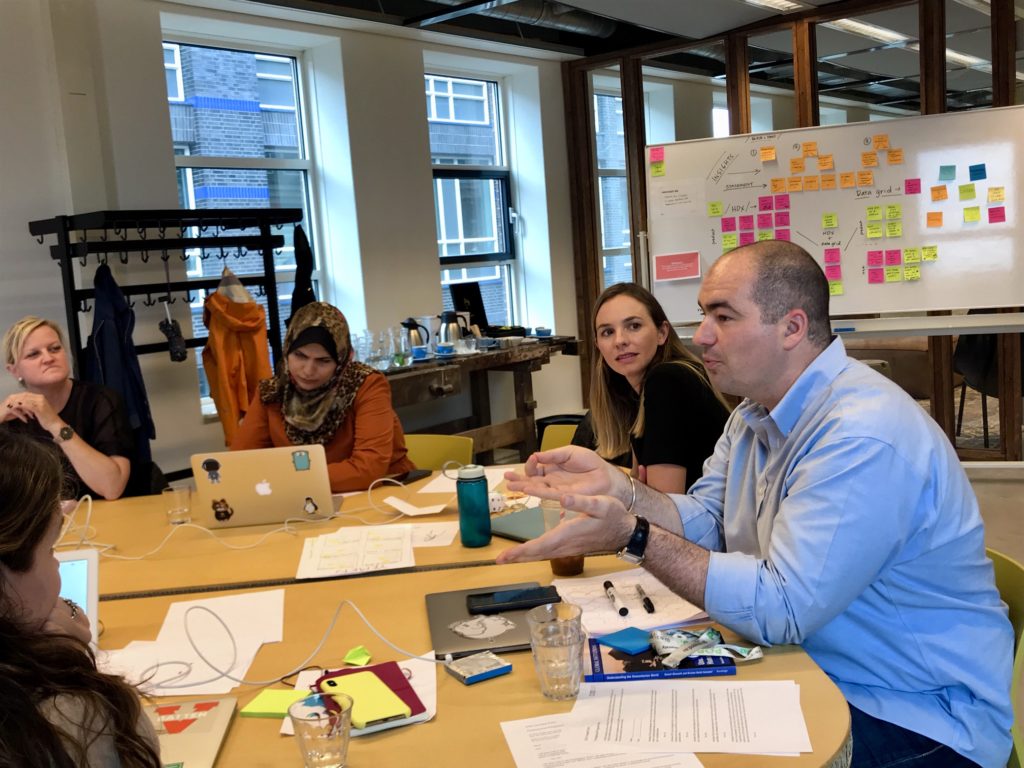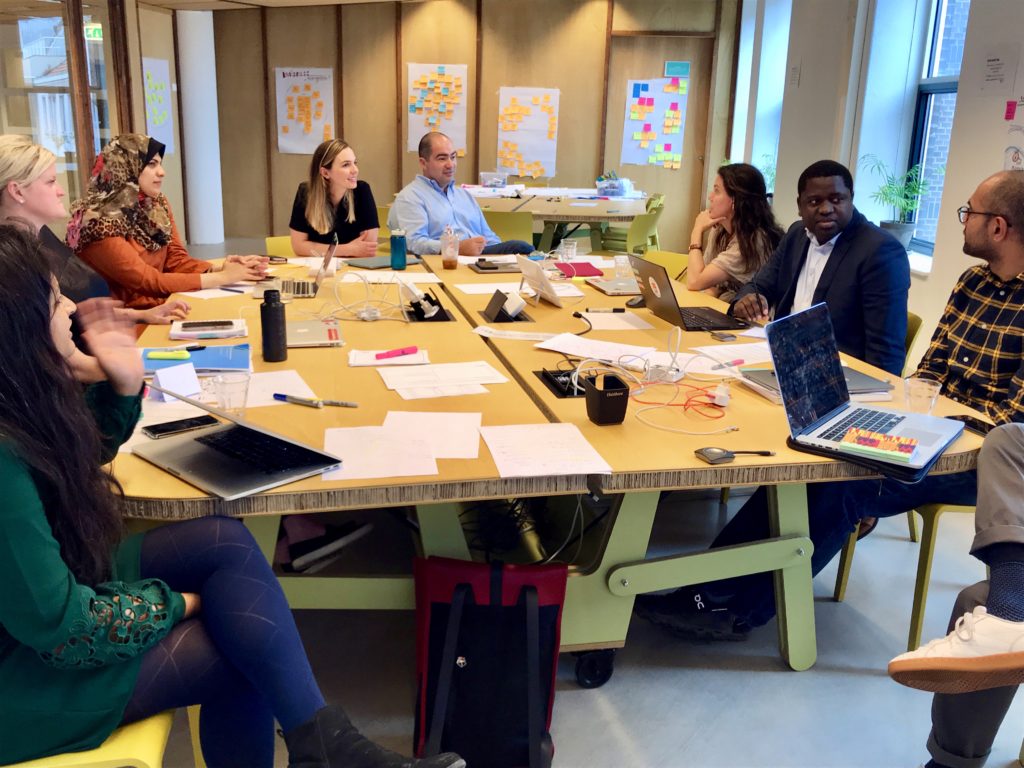Share
As one of the Centre’s 2021 Data Fellows, I was tasked with developing a strategic communications project to help drive adoption of the OCHA Data Responsibility Guidelines across field offices. Data responsibility in humanitarian action is the safe, ethical and effective management of data for operational response. In this blog, I explain how I developed the strategy and my suggestions for the key elements of a campaign.
Understanding the audience
I began my research by interviewing OCHA staff in several field offices to better understand their work and level of interest in data responsibility. Although the staff were aware of the topic, they had had limited time to engage given other priorities and information overload. Some of them felt that the working draft of the Guidelines (released in 2019) were dense and that data responsibility was technical and complex.
My challenge was to find a way to create more accessible entry points into the content covered in the Guidelines. To this end, the problem statement that I worked from was: OCHA field staff need fewer barriers and greater incentives to integrate the OCHA Data Responsibility Guidelines into their work.
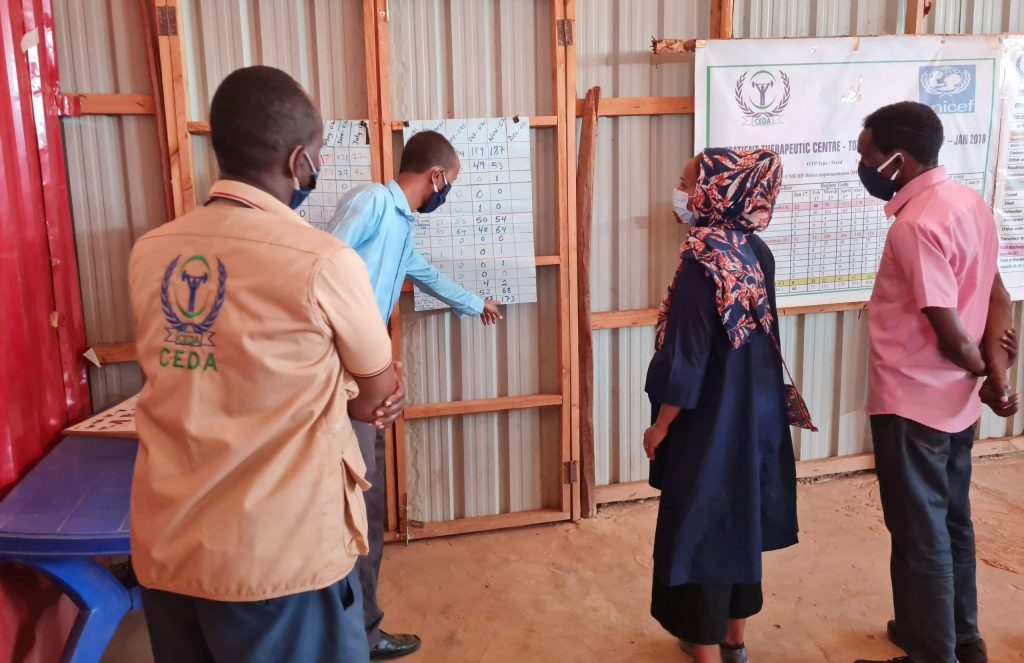
Developing the strategy
I designed the communications strategy around three pillars: accessibility, amplification and advocacy.
- Accessibility: I developed concepts for physical and digital assets, such as posters and postcards, that would summarize key concepts and simplify the actions to take.
- Amplification: I researched the best distribution channels for reaching the target audiences with those assets.
- Advocacy: I developed a plan that targeted senior OCHA staff who could influence the mainstreaming of data responsibility across OCHA.
I proposed three elements: a data responsibility care package to be sent to all OCHA field offices; a data responsibility network to build a global community of practice; and a digital campaign. I recommended using the slogan #DoDataRight as a way to suggest that there is a right way to ‘do data’ and that the Guidelines could help staff achieve this in practice.
Recommendations for strategic communications in the sector
The challenges that I tackled in my project are characteristic of communications within the humanitarian sector. Complexity is necessary – humanitarian response is a complex field – and yet it is simplicity that drives engagement in the overcrowded information ecosystem. So, how best to communicate complex subjects in the humanitarian system today?
- First, keep messaging brief and focus on a call to action. In our current information environment, it’s simplicity and replicability, combined with the energy of activism, that sells.
- Second, know your audience and speak directly to them. Communication today feels anonymous and impersonal – make whatever you say personal to the person you are trying to reach.
- Third, know your network. All audiences are embedded in interconnected networks; messaging is not merely broadcast, but is co-created, reimagined and amplified far beyond those for whom it was originally intended. Design communications that can travel far.
* * * * *
Learn more about the 2021 Data Fellows Programme and watch the video of the Data Fellows Programme Showcase. The new roles for our 2022 programme will be announced in February or March 2022.

